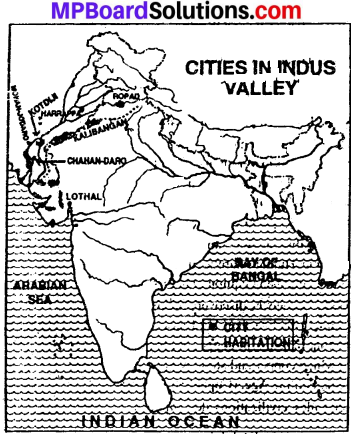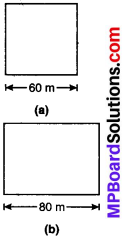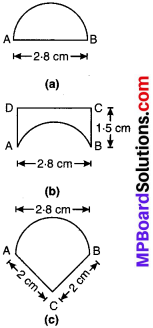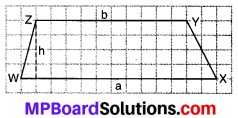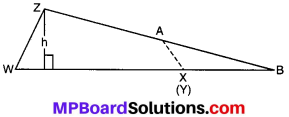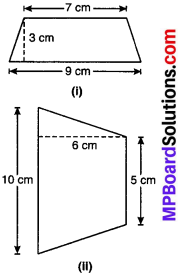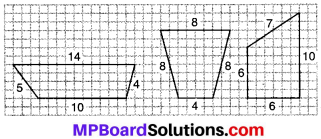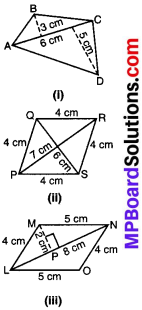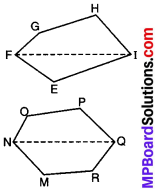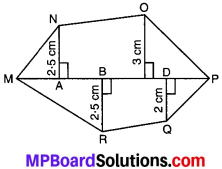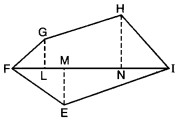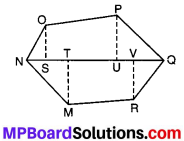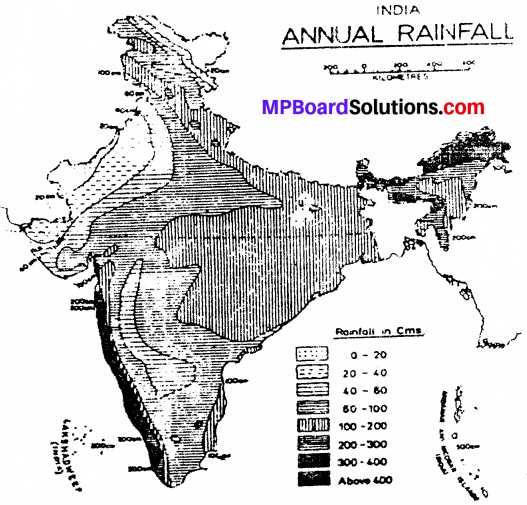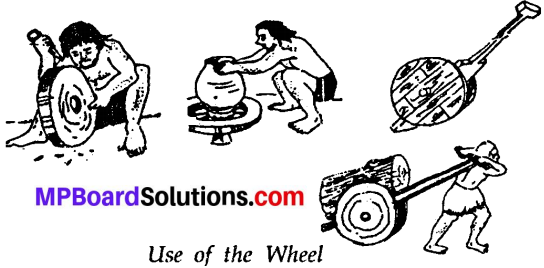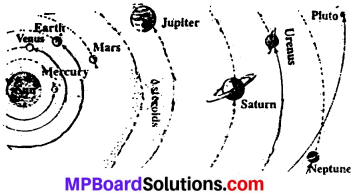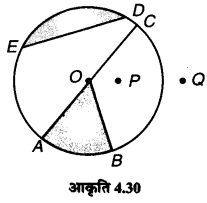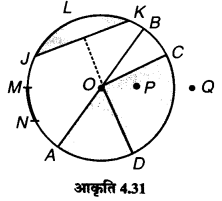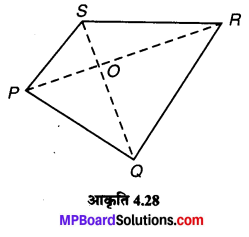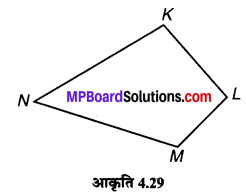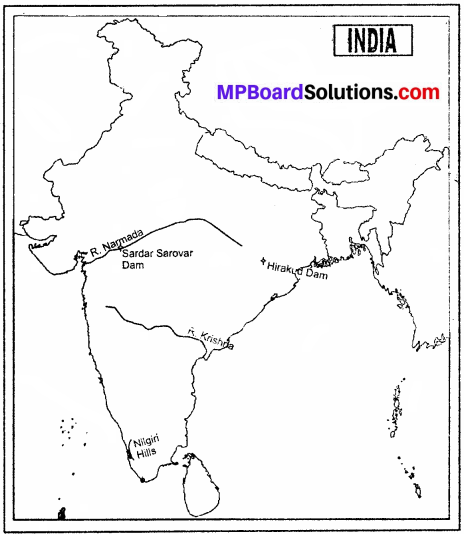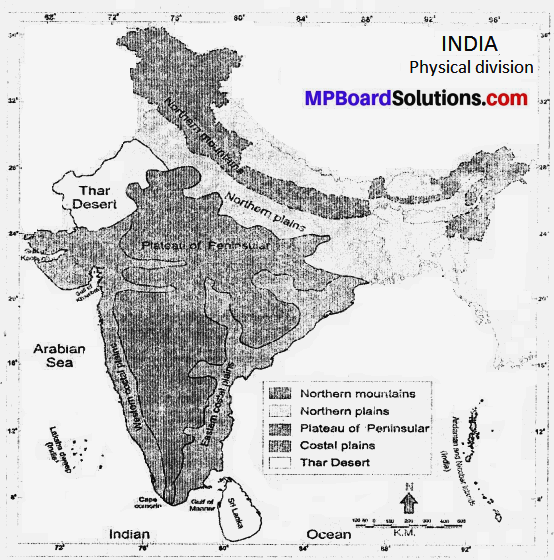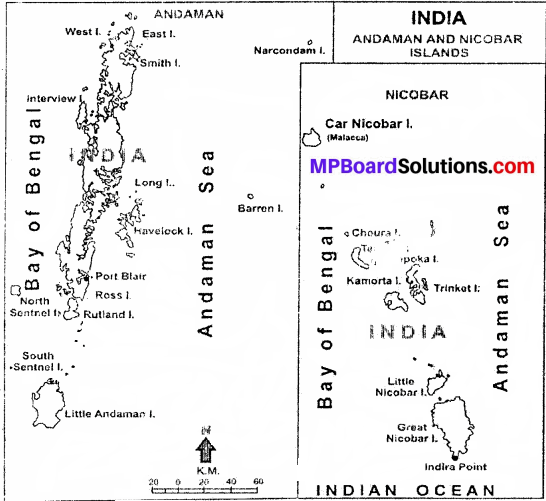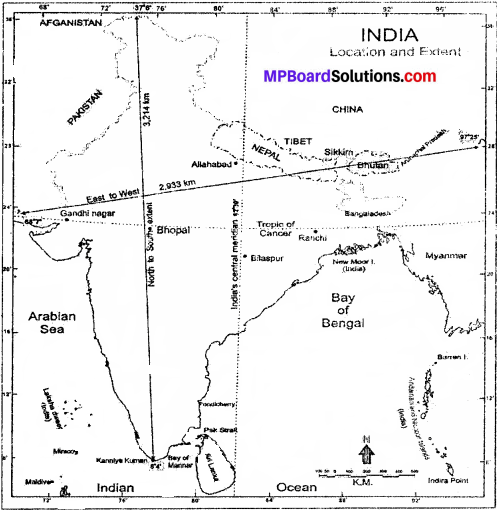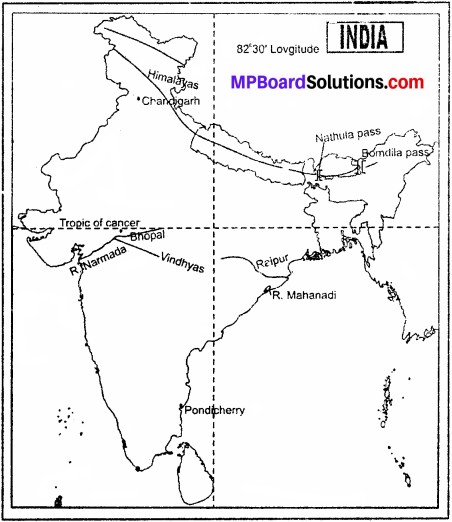MP Board Class 6th Social Science Solutions Chapter 10 The Vedic Culture
MP Board Class 6th Social Science Chapter 10 Text Book Exercise
Answer the following questions in a sentence:
Question 1.
Question (a)
Which texts come under the Vedic Literature?
Answer:
The Vedas, the Upanishads etc. are the religious texts come under the Vedic Literature.
Question (b)
What were coins called in the Vedic Period?
Answer:
Nishka.
![]()
Question (c)
Which deities were worshipped in the Vedic Period?
Answer:
In the Vedic Period many deities were worshipped that expressed the power of nature like Agni (fire), Surya (the sun), Vayu (air), Akash (sky), Vriksha (tree). Indra, Agni and Varun were the most respected deities. In the post Vedic Period, the path of wisdom or the “Gyana Marga” was given more importance than Rituals and Yajra.
Answer the following questions:
Question 2.
Question (a)
Why is the period of the Aryans known as the Vedic Period?
Answer:
The period of Aryans is called as the Vedic Period because its reconstruction is based on using the Vedic texts as sources.
Question (b)
What were the castes in which the society was divided in the Vedic Period?
Answer:
The Aryans society was divided into four castes. They were: Kshatriyas, Brahmans, Vaishyas and Surdas.
At first, these castes were based on occupations and activities in society. For instance, a boy could choose whatever occupation he liked. The king and his warriors were called Kshatriyas. Those who performed the religious ceremonies were called Vaishyas. Those who served all the above three castes were called Shudras. But later on sons began to do the same work as their fathers. So birth became the basis of caste.
![]()
Question (c)
Discuss the economic life of the people in the Vedic Period?
Answer:
The economic life of the people depended on agriculture, art, handicrafts and trade in the Vedic Period. The bulls and oxen were used for farming and pulling vehicles. Chariots were drawn by horses. The main occupations at the initial stage were making utensils, weaving cloth, carpentry, metallurgy, etc.
Question (d)
Explain that Mathematics and Astronomy was developed in the Vedic Period?
Answer:
All the branches of Mathematics were generally called Ganita which included Ankaganita (Arithmetic), Rekhaganita (Geometry), Beejganita (Algebra), Astronomy and Astrology.
In the Vedic Period people knew how to make a square equal to the area of a triangle. They should make squares equal in area of the total and difference of the areas of the squares within a circle. They had the knowledge of zero and thus could write big numbers. They also had the knowledge of the place value and the root value of every digit in a number. They also knew about cubes, cube roots, square and square roots, and used these in different mathematical operations.
Astronomy was highly developed in the Vedic Period. They knew about the motion of the celestial bodies and could calculate their position at different times. This helped them to prepare calenders and predict solar and lunar eclipses. They knew that the earth rotated on its axis and round the sun. They also knew that the moon moved around the earth.
They even tried to calculate the time taken by the celestial bodies in their rotation and the distance between these celestial bodies.
Question 3.
Match the columns:

Answer:

![]()
Question 4.
Fill in the blanks:
- ………………… was composed on the banks of the river Saraswati.
- The society was divided into castes as per the ……………… of the people.
- The metal used in making arms during the Post Vedic period was …………………
- The kings or the Kshatriyas were led by ………………….
Answer:
- Rigveda
- occupation
- iron
- rulers.
![]()
Choose the correct alternative:
Question 5.
Question (a)
What among the following was not known to the Aryans in the Vedic Period?
(a) Zero
(b) Astronomy
(c) Copper
(d) Eight fold path
Answer:
(d) Eight fold path
Question (b)
Which among the following was not a social characteristic of the Vedic Period?
(a) Honour of women
(b) Caste division of the society on the basis of occupation
(c) Marriage of young men and women as per their choice
(d) Child marriage.
Answer:
(d) Child marriage.
